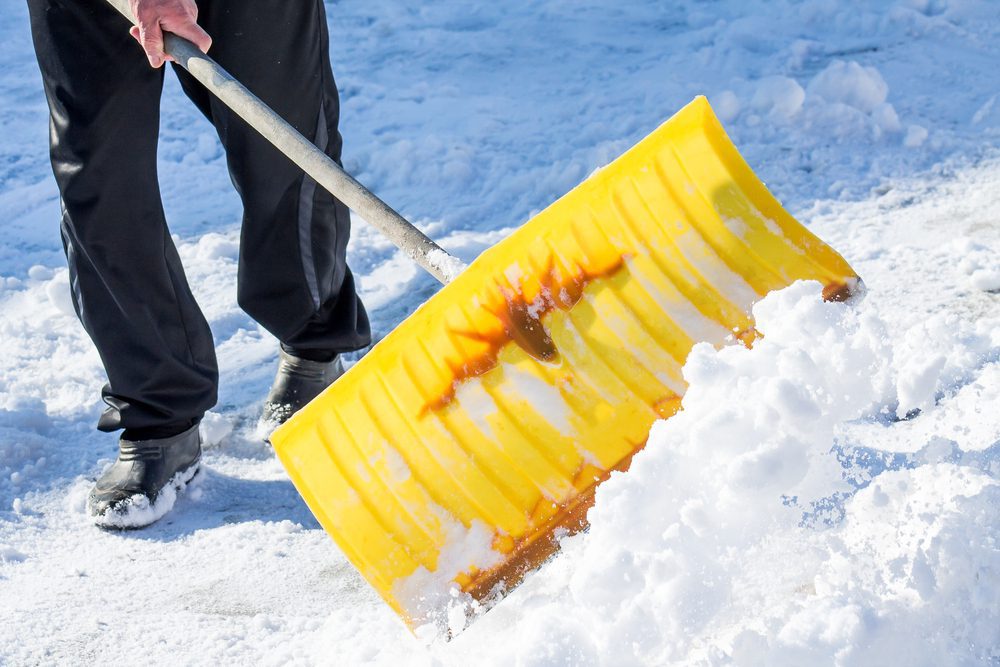By now, winter has properly set in, and you have found yourselves faced with one of the most strenuous chores – snow shoveling. While you might think that shoveling snow is a simple task, the reality is that most people don’t know how to do it right and end up hurting themselves. Recent studies have found that snow removal is responsible for more than 15,000 emergencies every year.
With that in mind, let’s take a look at four things that could go wrong during snow removal.
Frostbite
Prolonged exposure to very low temperatures can affect the extremities, such as the nose, fingers, toes, ears or cheeks. As the skin freezes, the underlying tissues get damaged. Children and elders are the most susceptible to frostbite, but everyone can be exposed to it if they are not dressed properly or have stayed outside in the cold for too long.
If you’re planning a day for household chores that include snow shoveling, make sure you take all necessary precautions. Gear up and wear warm clothes, a hat (or at least some ear muffs,) gloves and proper footwear to keep your extremities as warm as possible.
Low Back Pain
The number one risk associated with snow removal is lower back pain. That’s why it is so important to arm yourself with the right equipment.
Use an appropriate shovel for your height and strength and make sure you use it correctly. Pushing the snow instead of lifting it will put less stress on your back and neck. Keep your back straight and bend your knees while squatting to lift the snow. Don’t throw the snow over your shoulder because the twisting motion could cause further stress on your lower back. It’s better to remove the snow in pieces by scooping smaller amounts rather than picking bigger scoops all at once.
Injuries and Fractures
Tissue injuries (on muscles, ligaments or tendons) and bone fractures are some of the most common snow shoveling injuries. Your muscles are more prone to injuries if you don’t warm up before an intense activity, snow removal included.
So, do yourself a favor and warm up for at least five to ten minutes before getting out in the cold. Get your blood pumping by starting with a light, full-body activity, such as marching or running in place and then proceed to do some gentle stretching for your limbs to make sure you minimize any injury risks.
Heart Attacks or Strokes
Studies show that 100 people in the US die every winter from heart attacks while shoveling snow. That happens because a lot of the people who shovel snow rarely exercise. Moving tens of pounds of snow, especially after doing no physical exercise for several months, can put a strain on your heart. The cold weather contributes to the problem, as well, interrupting blood flow and increasing the chances of blood clots.
Pace yourself and, take as many breaks as you need if you start feeling overworked. Also, the earlier you start, the easier the process is going to be. So get an early start in the morning and don’t forget to take small breaks to catch your breath.
Sure, snow shoveling can be a great form of physical exercise. But, why take a chance and risk damaging your health when getting professional help is so easy? A snow removal service could take the burden of snow shoveling out of your shoulders and give you peace of mind knowing that your backyard is cleaned and your health protected.


